The most vibrant global destinations often emerge at the intersection of multiple cultural currents—where music spills onto painted streets, where artists transform urban landscapes, and where locals create authentic cultural experiences outside conventional venues. These cultural crossroads generate an energy impossible to manufacture, attracting both creators and appreciators to witness the beautiful chaos of artistic collision.
Here is a list of remarkable global destinations where music, art, and street culture merge in spectacular, unplanned ways that defy ordinary travel experiences
Berlin’s RAW-Gelände
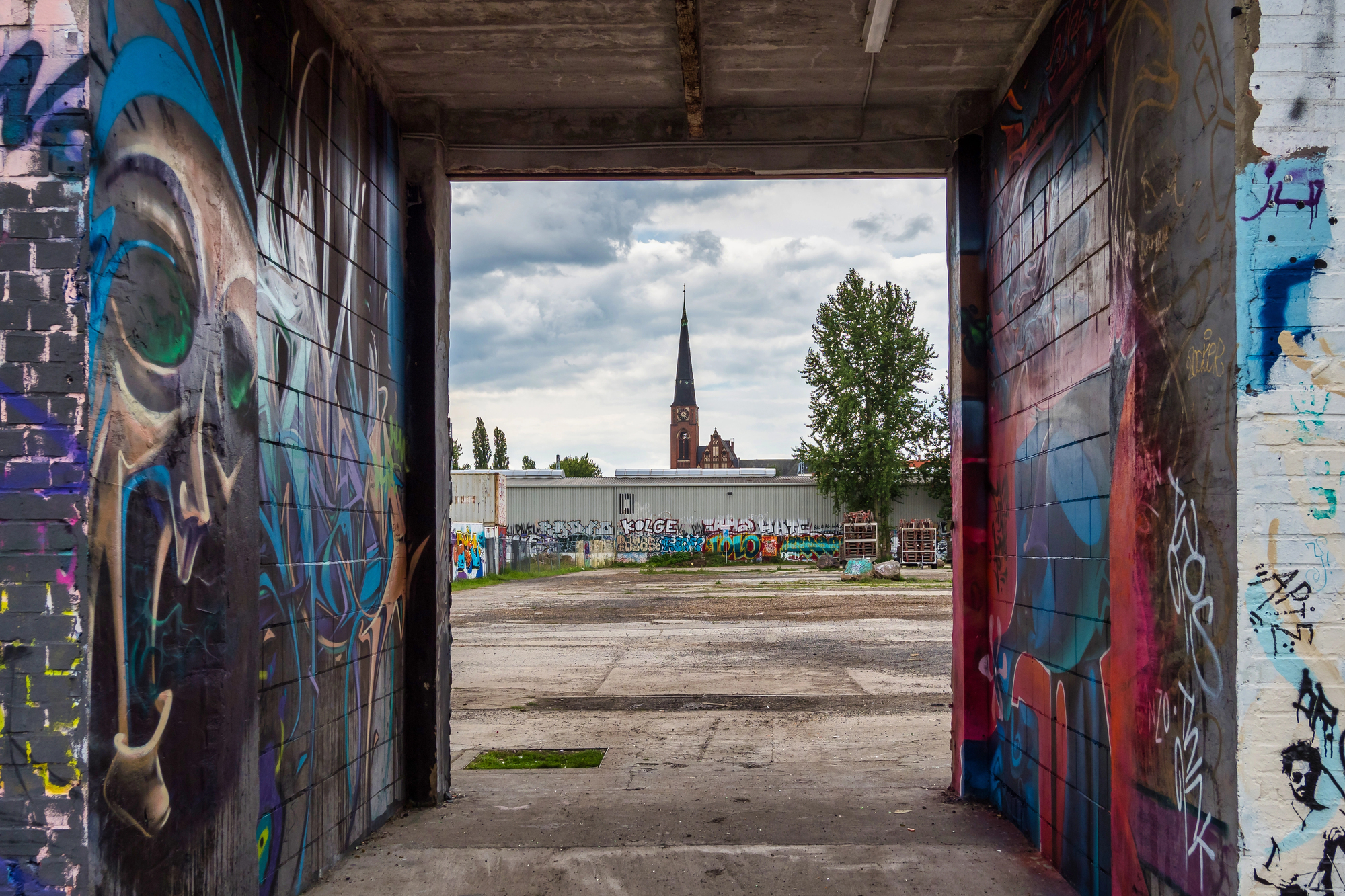
This former railway repair yard has transformed into a sprawling cultural complex where abandoned industrial buildings now host everything from techno clubs to skateparks, with street art covering nearly every available surface. During summer weekends, the compound buzzes with open-air gallery events, impromptu concerts, and street performers—creating a constantly evolving cultural ecosystem where visitors might encounter underground punk shows, African drum circles, and graffiti artists working simultaneously within the same post-industrial playground.
Valparaíso, Chile
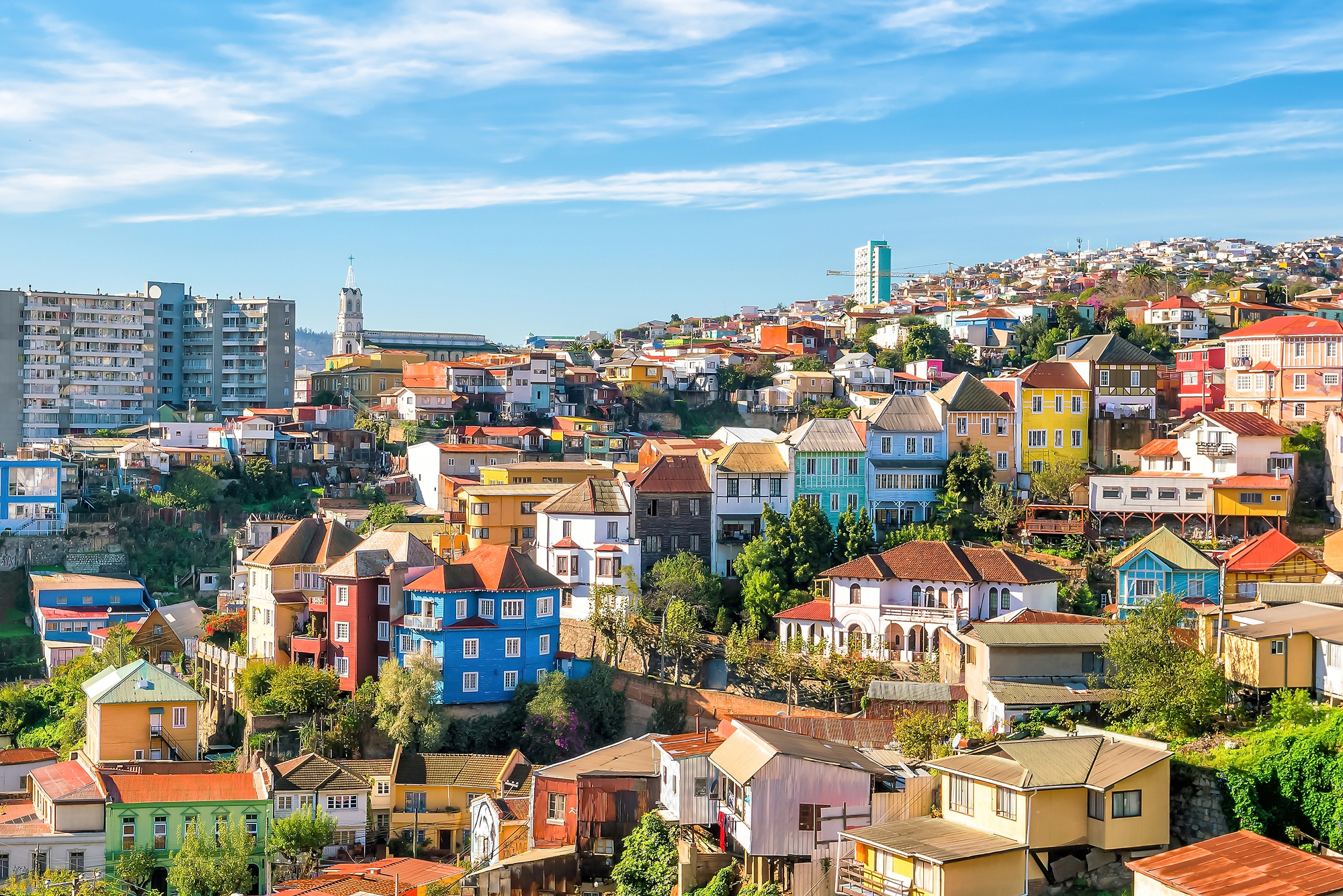
Steep hillsides covered in technicolor houses connected by funiculars and stairway passages create an open-air gallery where commissioned murals share space with guerrilla art installations. Street musicians perform across the city’s 42 hills. At the same time, artistic communities occupy former mansions transformed into cultural centers.
Every winding pathway reveals new artistic surprises against the backdrop of a working port city whose artistic renaissance emerged from economic decline rather than calculated development.
Wynwood, Miami

This former warehouse district transformed into an outdoor museum where massive commissioned murals change regularly, creating an ever-evolving outdoor gallery that draws artists from across the globe. Monthly art walks merge with street performances while craft breweries and vinyl record shops operate alongside traditional Latin American small businesses—creating cultural intersections where Dominican merengue might blend with experimental electronic music as visitors wander between gallery openings and street food vendors.
Like Travel Pug’s content? Follow us on MSN.
Shimokitazawa, Tokyo
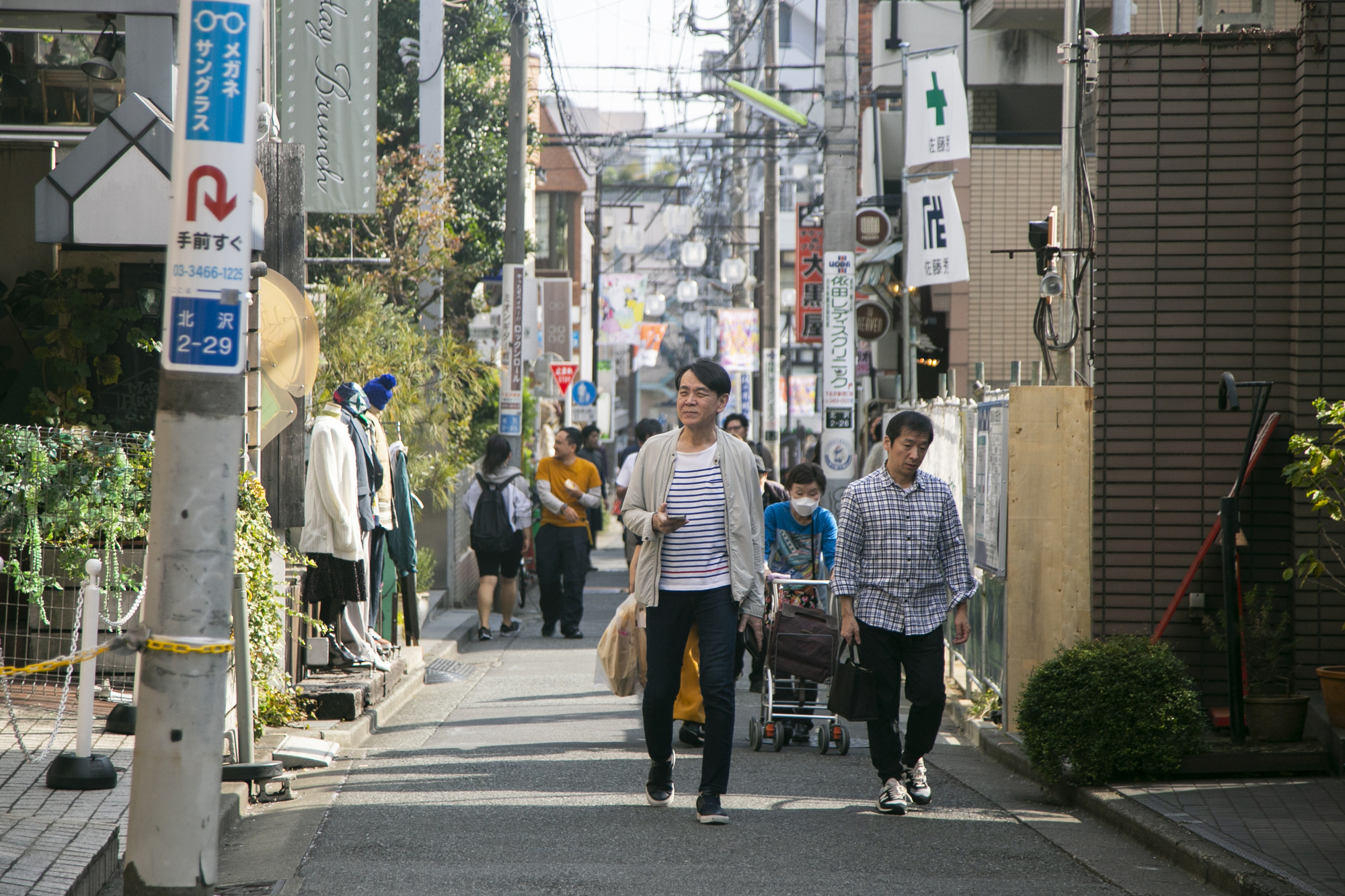
Narrow pedestrian alleys packed with vintage clothing stores, tiny live music venues, and independent theaters create Tokyo’s counter-cultural heart, where mainstream Japanese society meets underground artistic movements. Vintage jazz kissa cafes operate next to punk rock rehearsal spaces while independent designers sell their creations from storefronts barely larger than closets—the neighborhood’s maze-like structure encourages exploration as music from competing venues creates unexpected soundtracks for visitors discovering hidden cocktail bars and pop-up art installations.
Kota Kinabalu, Borneo

This rapidly evolving Malaysian city creates unexpected cultural fusion where indigenous tribal traditions meet contemporary urban expression through street markets that transform into performance spaces after sunset. The waterfront area hosts traditional Kadazan-Dusun musical performances alongside contemporary street artists applying ancient motifs to modern contexts—creating dialogues between cultural preservation and evolution against the backdrop of South China Sea sunsets.
Bushwick, Brooklyn
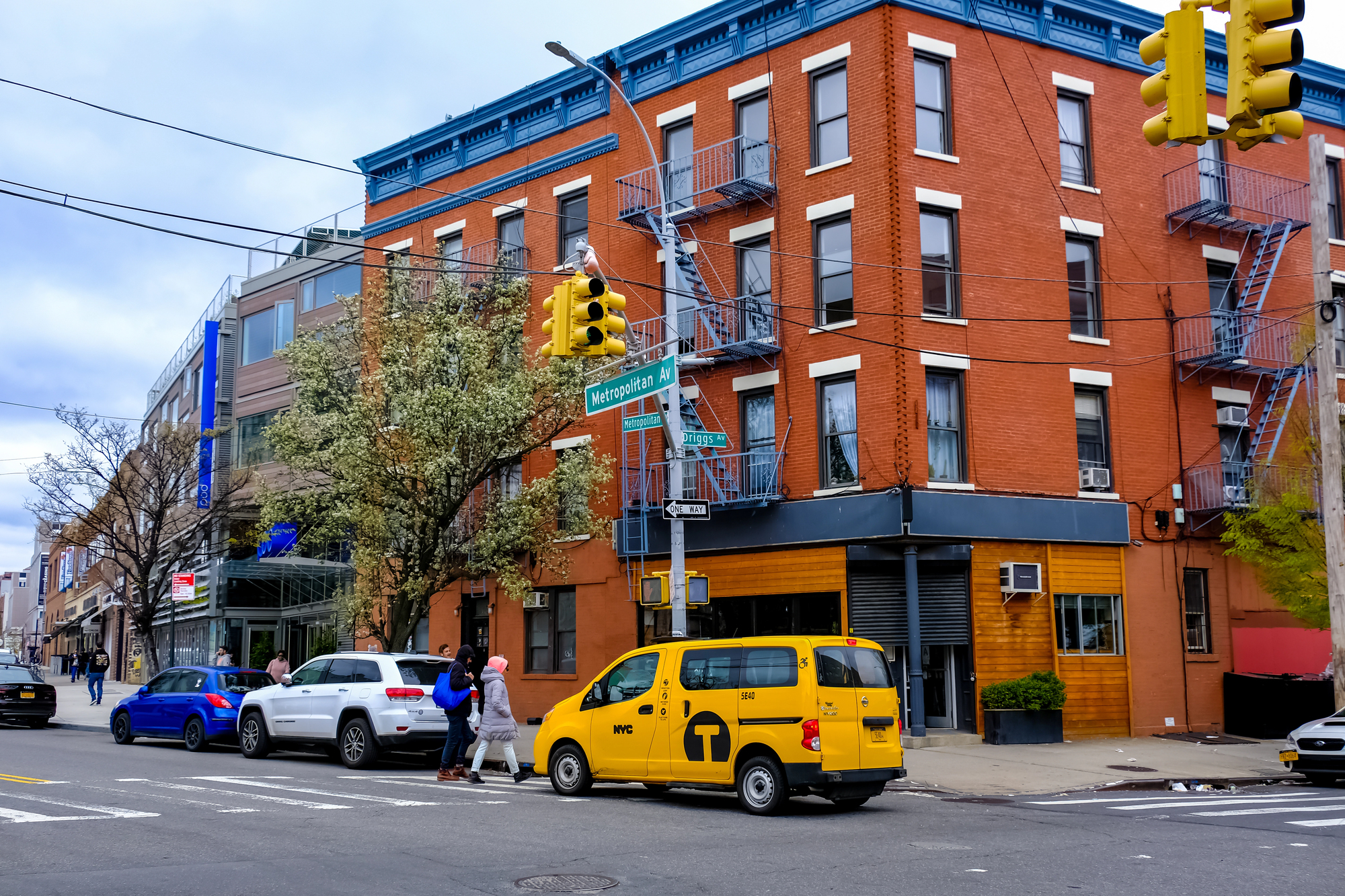
Industrial streets lined with factories-turned-artist-lofts showcase massive murals spanning entire buildings, while previously abandoned warehouses now host everything from electronic music marathons to experimental theater. Weekend visitors might encounter Puerto Rican bomba dancers performing next to avant-garde gallery openings or community garden concerts featuring jazz musicians collaborating with hip-hop MCs—the neighborhood continues generating genuinely surprising cultural combinations despite ongoing gentrification pressures.
Like Travel Pug’s content? Follow us on MSN.
George Town, Penang
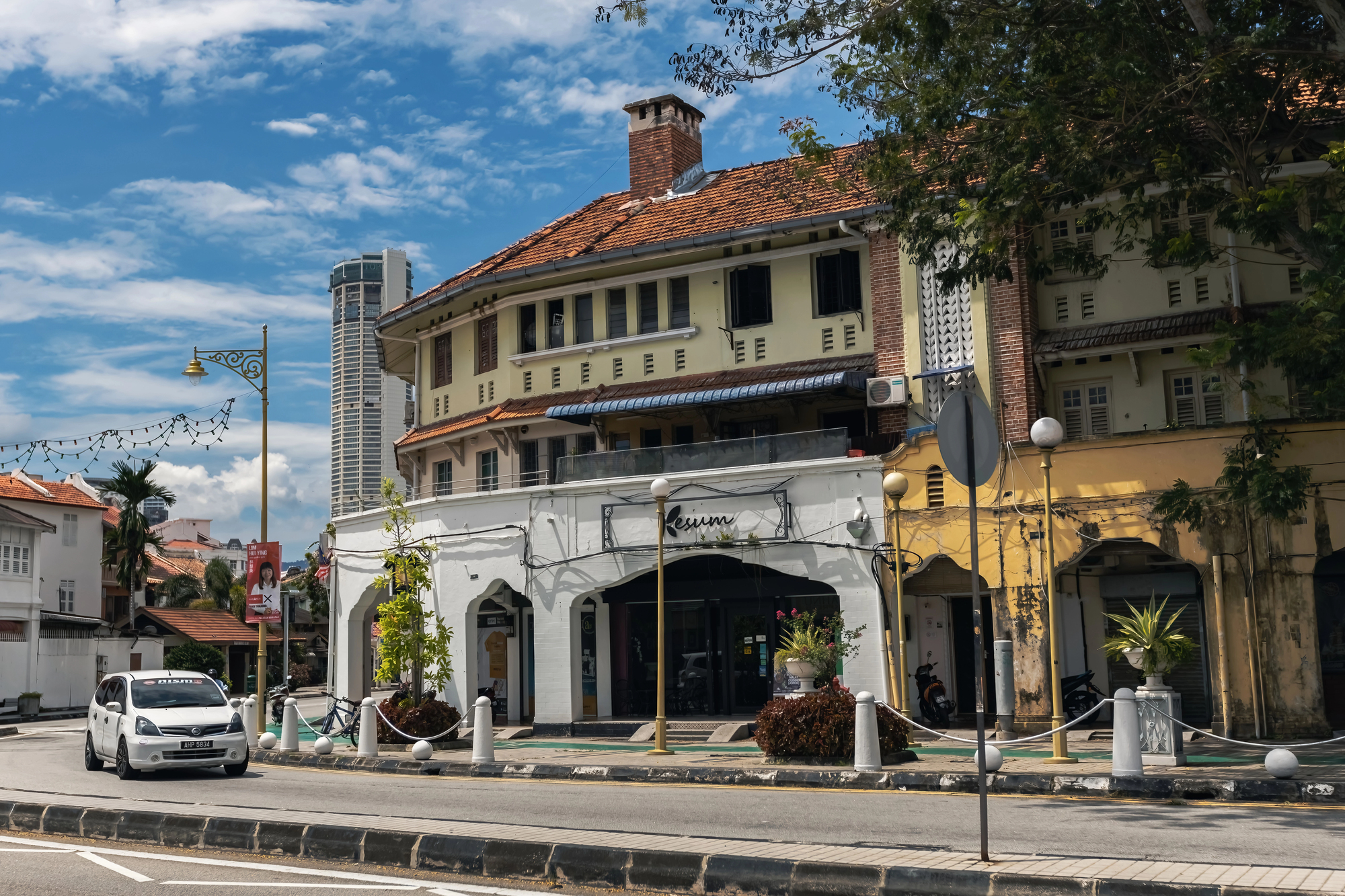
Malaysia’s historical trading port merges Chinese temples, colonial architecture, and Islamic mosques within walking distance—while street artists incorporate these diverse influences into installations that comment on the city’s multicultural identity. The annual George Town Festival transforms the entire UNESCO World Heritage zone into performance spaces where traditional shadow puppetry might occur alongside contemporary dance in repurposed shophouses—creating dialogues between ancient traditions and modern expressions across cultural boundaries.
Dakar, Senegal
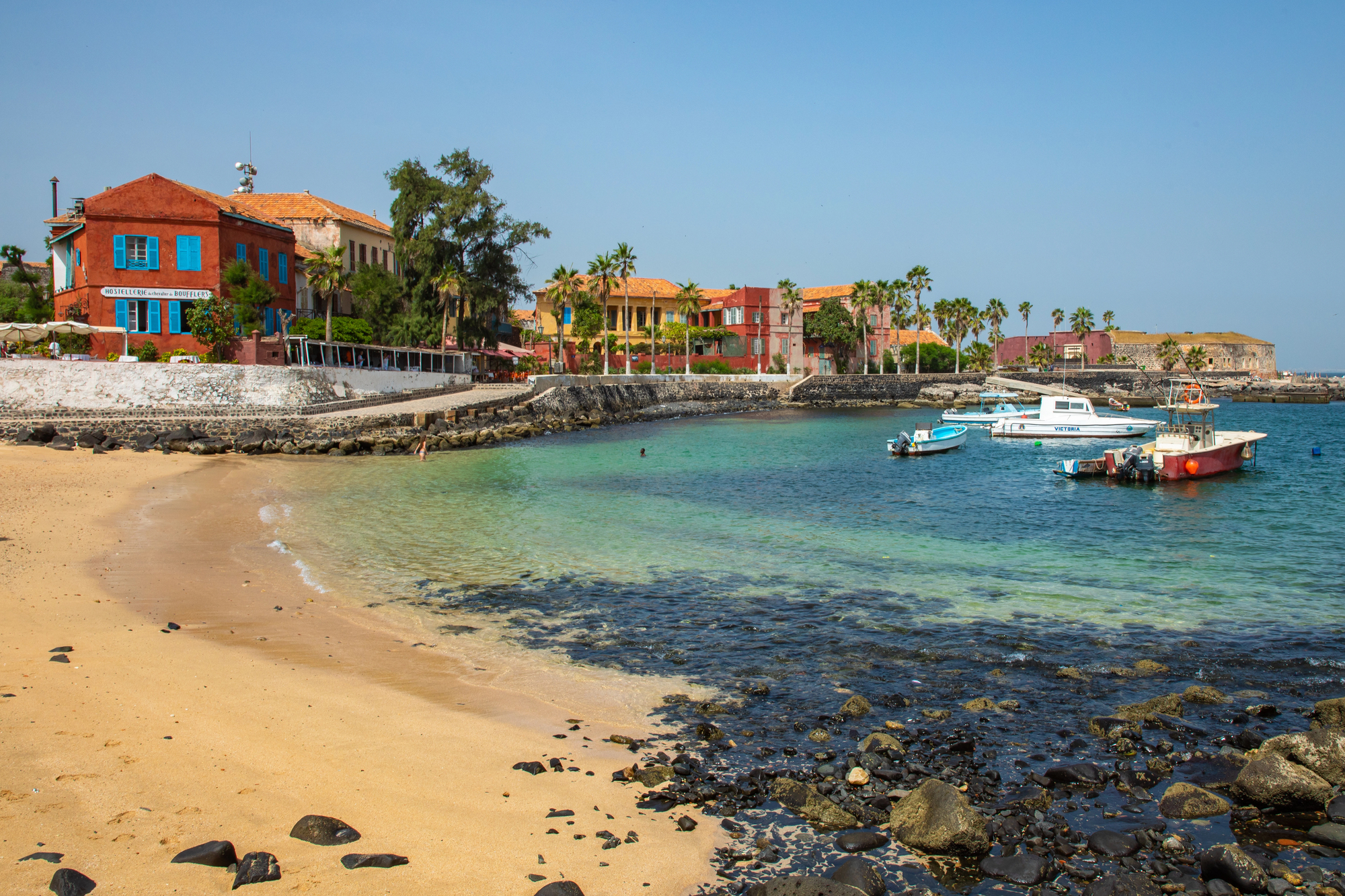
West Africa’s artistic powerhouse combines traditional griot storytelling with contemporary muralists addressing social issues—all against the backdrop of Atlantic waves crashing against the continent’s westernmost city. The streets surrounding the Village des Arts creative compound regularly host impromptu concerts where mbalax rhythms merge with jazz influences and hip-hop—creating cross-cultural conversations through sound while visual artists transform public spaces with works addressing both local concerns and global connections.
Medellín, Comuna 13

Once considered among the world’s most dangerous neighborhoods, this hillside community transformed through cultural resistance—using hip-hop, graffiti, and public escalators connecting the steep barrio to create both physical and metaphorical accessibility. Local guides lead tours showcasing how breakers, rappers, and visual artists helped reclaim public spaces from violence—their outdoor dance floors and community studios represent cultural resilience while offering authentic exchanges between visitors and resident artists, continuing the neighborhood’s transformation.
Like Travel Pug’s content? Follow us on MSN.
New Orleans’ Frenchmen Street

Just beyond the tourist-heavy French Quarter, this musical corridor offers a concentrated dose of Louisiana’s cultural gumbo, with venues hosting everything from traditional jazz to bounce music within a two-block stretch. Street brass bands perform on corners while artists sell their creations directly to passersby—creating an environment where centuries-old musical traditions evolve in real-time through interactions between established musicians and younger innovators pushing boundaries while honoring their cultural inheritance.
Budapest’s District VII
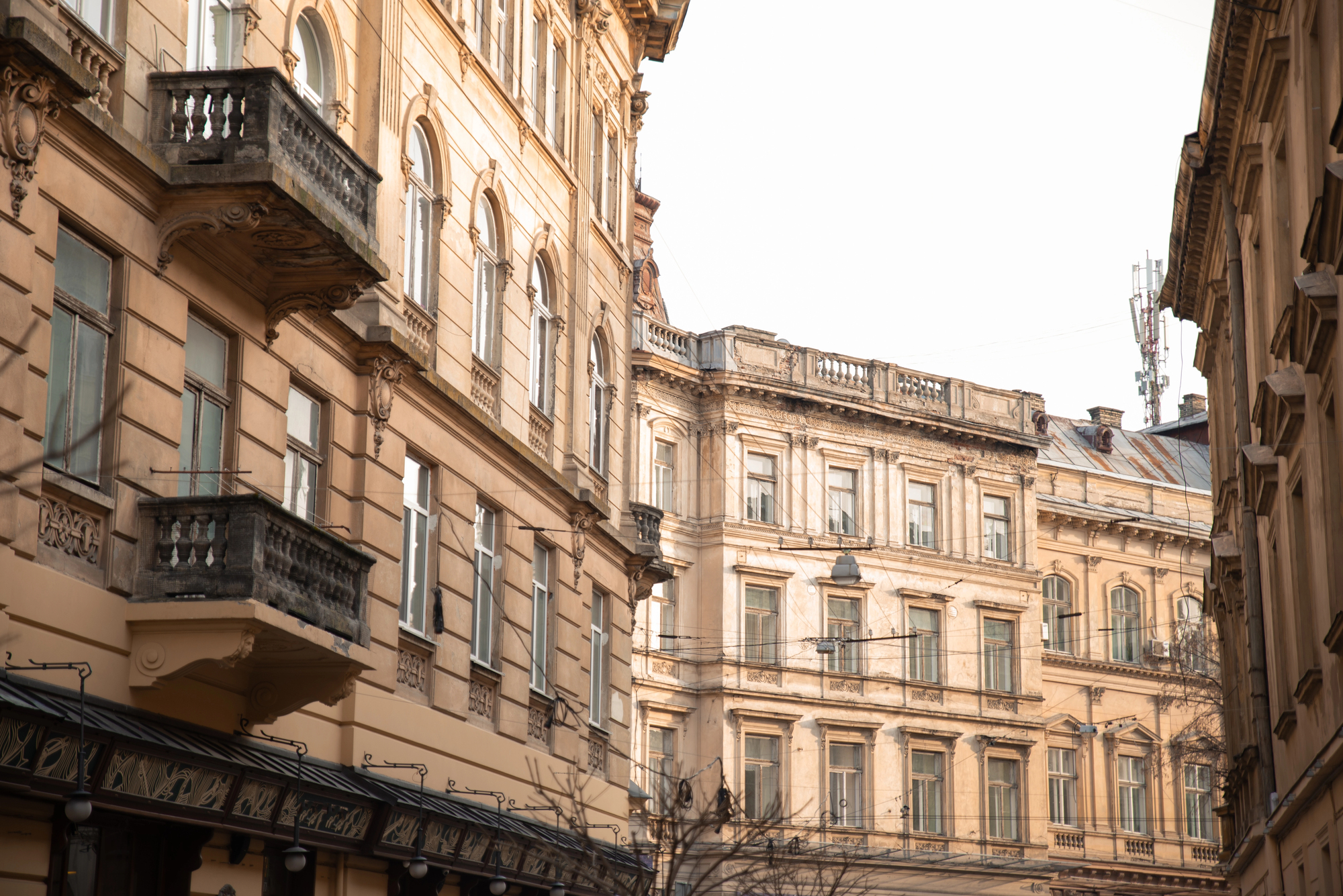
The historic Jewish Quarter transformed into the city’s creative center, where ruined bars operate in abandoned buildings decorated with salvaged furniture and local art installations, creating surreal environments for cultural exchange. Summer evenings find spontaneous acoustic performances in inner courtyards while projection artists transform weathered building facades into dynamic canvases—visitors might encounter Hungarian folk musicians collaborating with international DJs or community theater performed in multiple languages within the same crumbling pre-war apartment complex.
Salvador de Bahia, Brazil
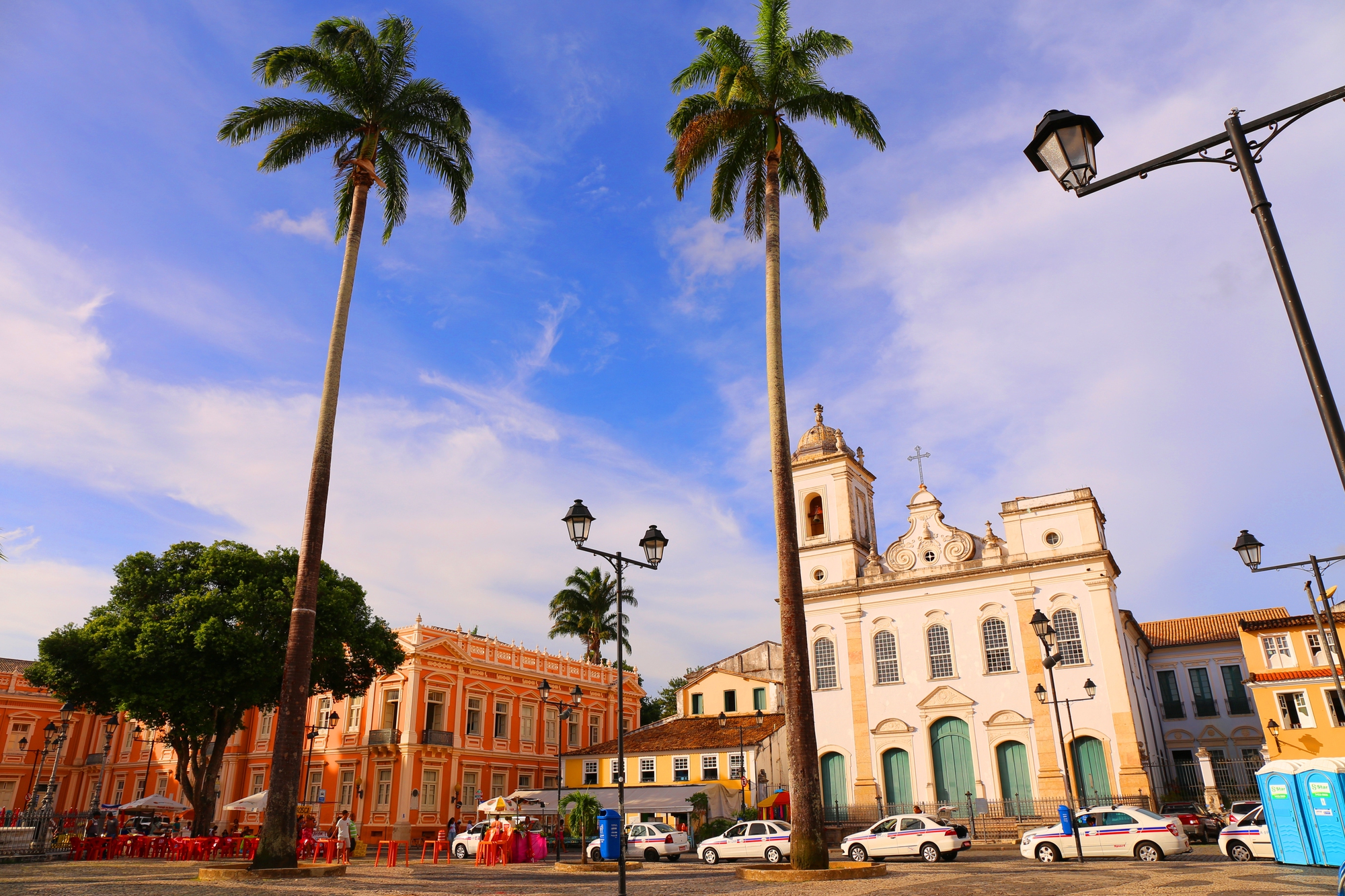
Afro-Brazilian culture flourishes in the cobblestone streets of the Pelourinho district, where capoeira circles form spontaneously while percussion groups practice for upcoming Carnival performances year-round. The UNESCO-protected colonial architecture provides the backdrop for cultural expressions with deep connections to West African traditions—religious processions might share narrow streets with samba rehearsals while street vendors offer acarajé bean fritters following recipes preserved from the 16th century.
Like Travel Pug’s content? Follow us on MSN.
Melbourne’s Laneways
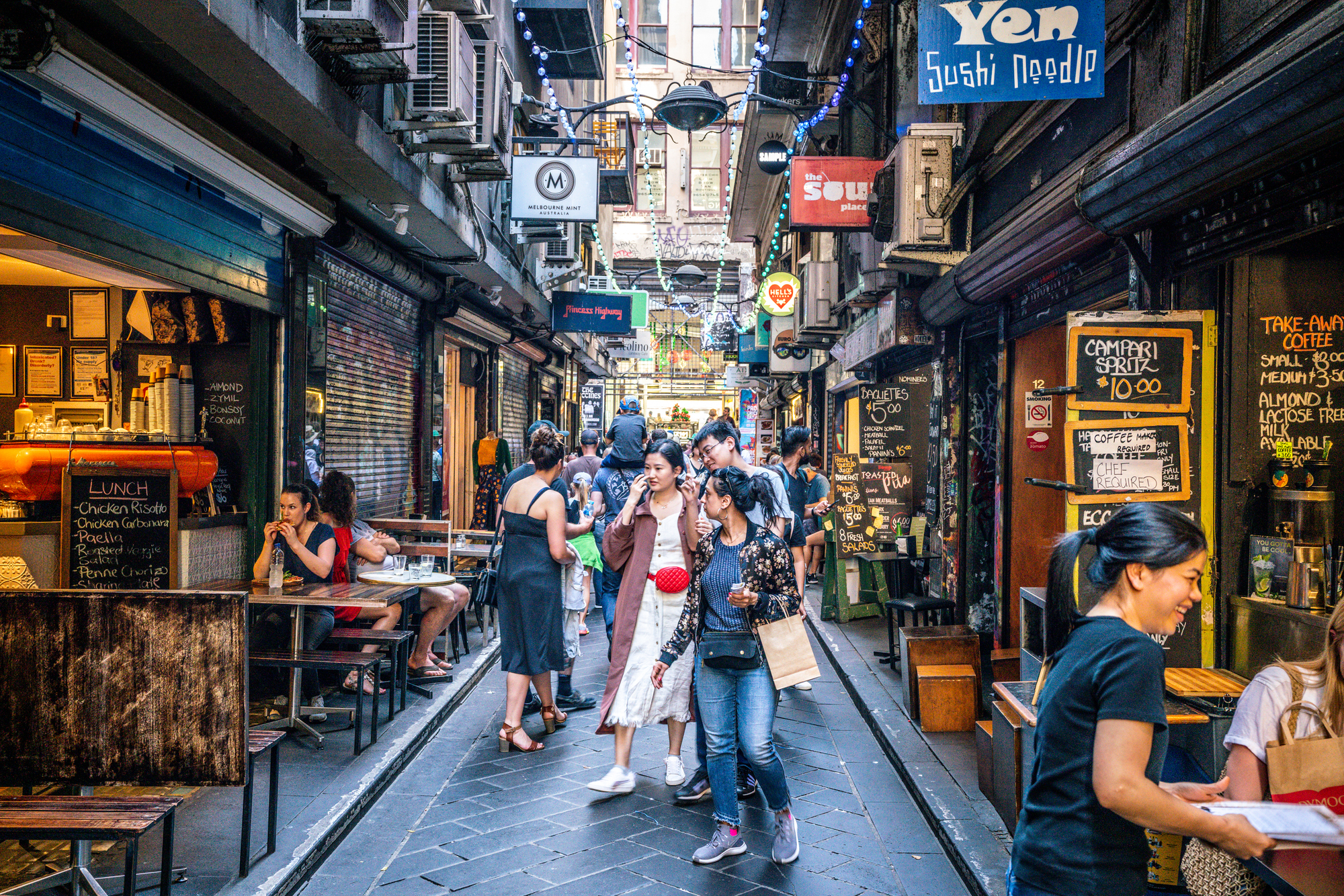
Australia’s cultural capital transformed its utilitarian service alleys into vibrant pedestrian zones where commissioned murals change regularly while buskers perform across musical genres from didgeridoo to experimental electronic sets. The vertical spaces between historic buildings host rotating art installations while basement venues feature everything from poetry slams to underground dance parties—creating cultural density that encourages random discoveries as sounds from competing venues blend into distinctive urban soundscapes.
Johannesburg’s Maboneng
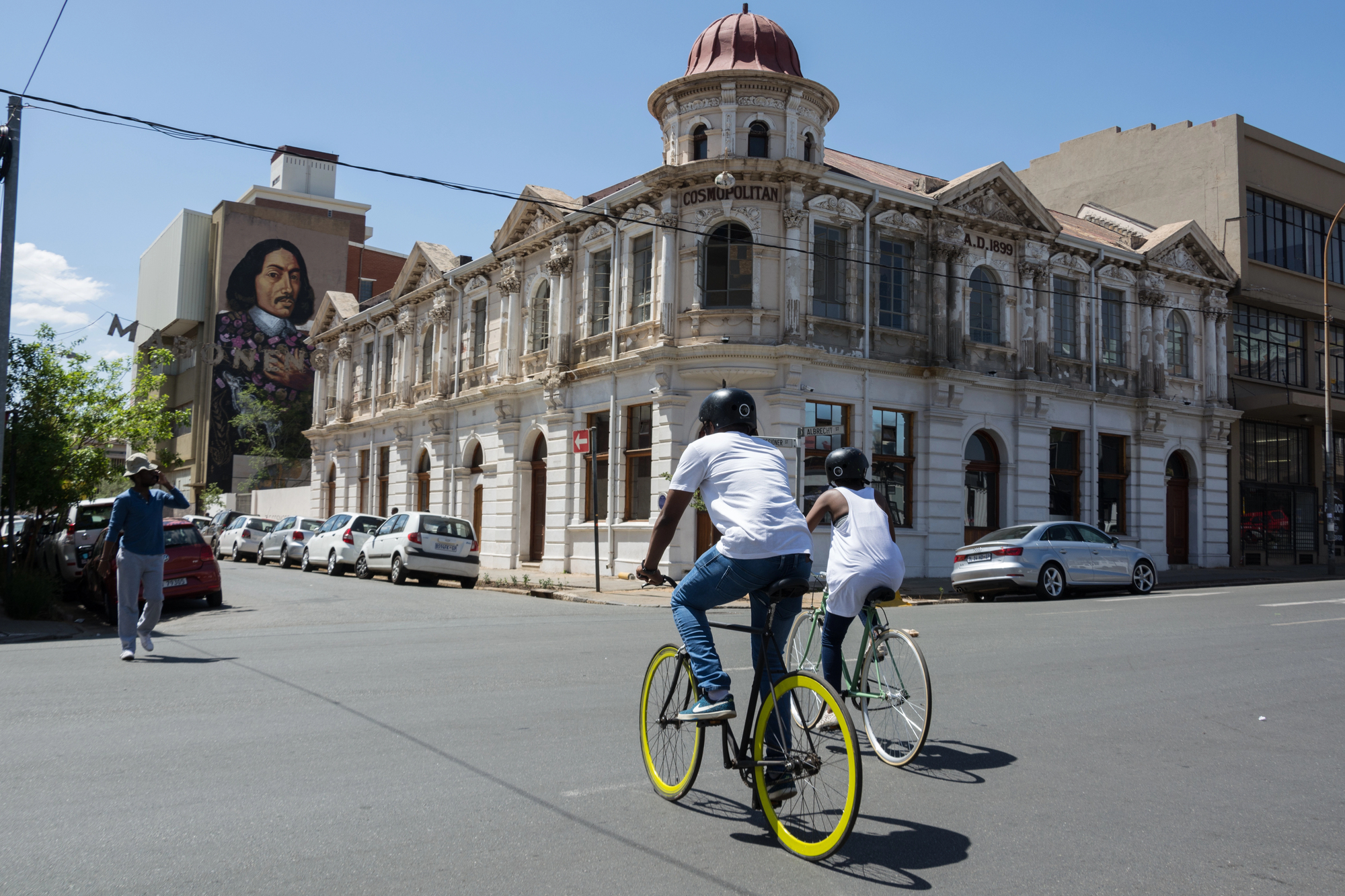
This once-abandoned district transformed through cultural investment where warehouse galleries now showcase contemporary African art alongside street performances addressing the complex realities of post-apartheid South Africa. Sunday markets bring together craftspeople, fashion designers, and food vendors representing the country’s diverse cultural traditions—creating spaces where visitors engage directly with creators, while weekend block parties might feature traditional Zulu dance alongside contemporary hip-hop ciphers.
Creative Convergence: The Global Cultural Frontier
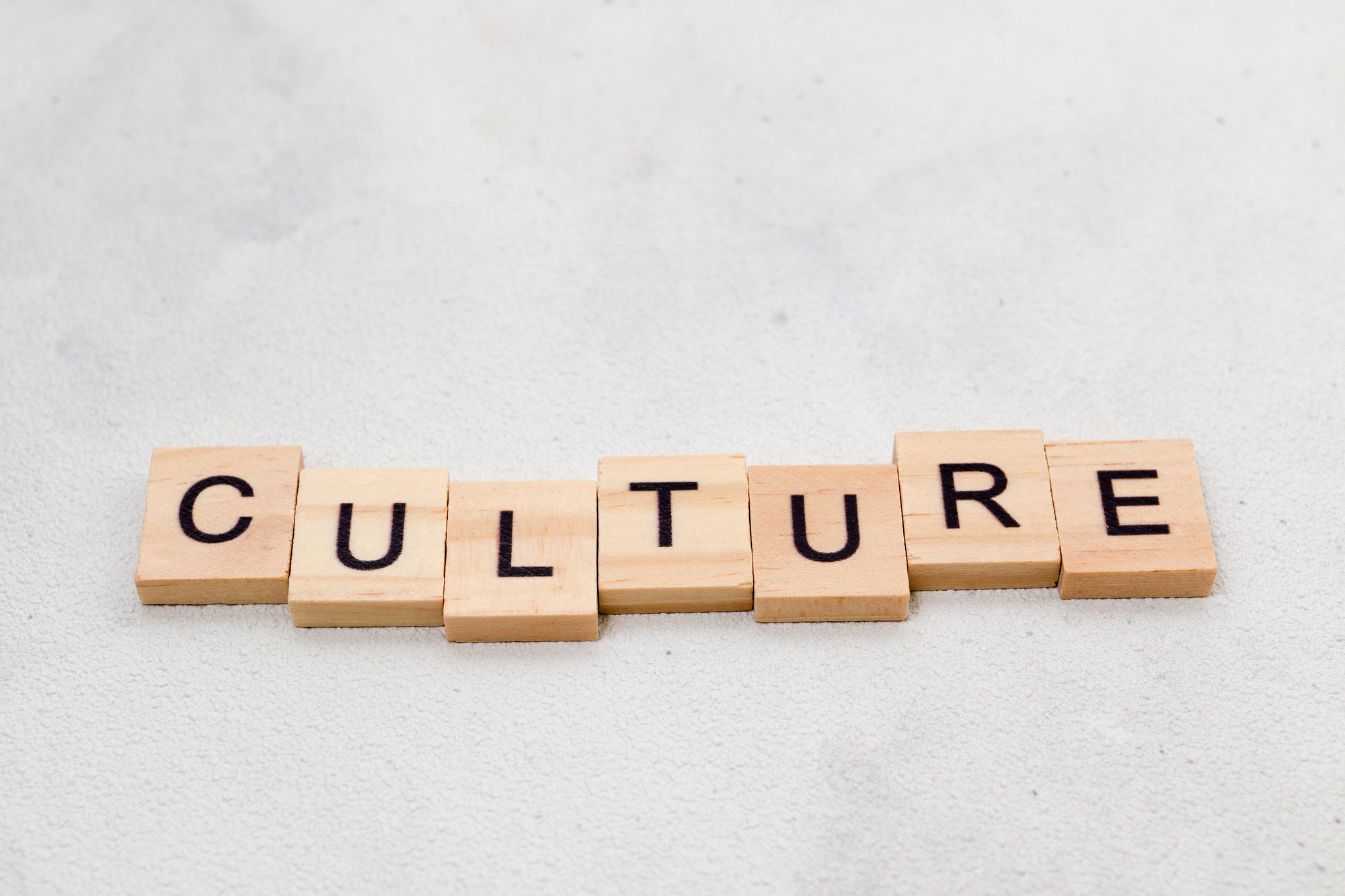
These remarkable destinations demonstrate how artistic expressions naturally overlap and influence each other when given appropriate urban space and freedom from excessive regulation. The cultural collisions occurring in these neighborhoods generate new art forms while preserving traditional expressions—creating environments where visitors experience authentic creative processes rather than packaged cultural products.
For travelers seeking genuine cultural immersion, these intersections offer windows into how communities express their identities through overlapping artistic languages that continue evolving through cross-pollination and creative exchange.
More from Travel Pug

- 20 Destinations That Were Once Thriving but Are Now Quietly Disappearing
- 13 Destinations Where Tourists Regularly Regret Their Trip
- 20 Once-Popular Beach Towns That Are Now Ghostly Empty
- 10 Under-the-Radar Mountain Towns That Are Both Affordable and Beautiful
- Take a ‘Learning Vacation’ in These 20 Extraordinary Places
Like Travel Pug’s content? Follow us on MSN.
